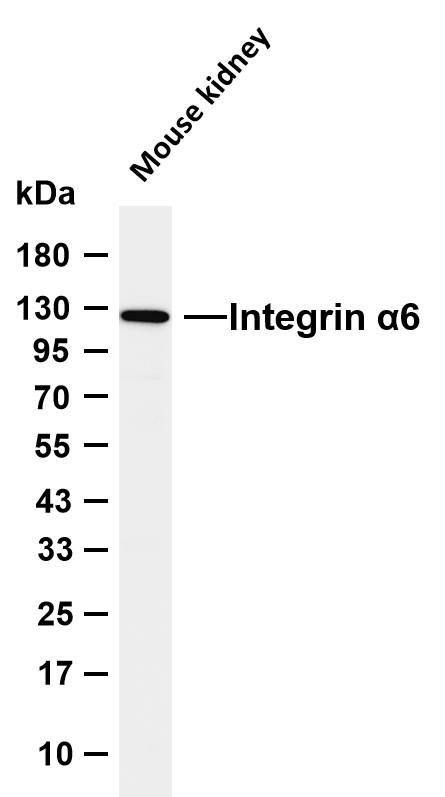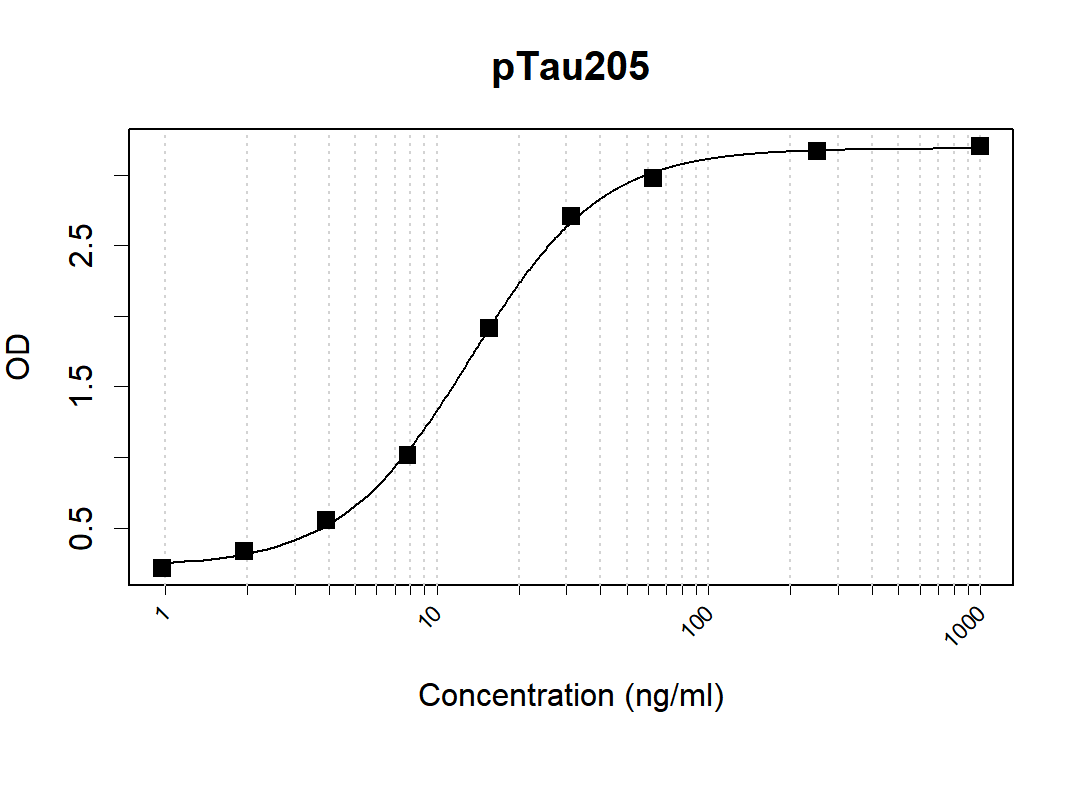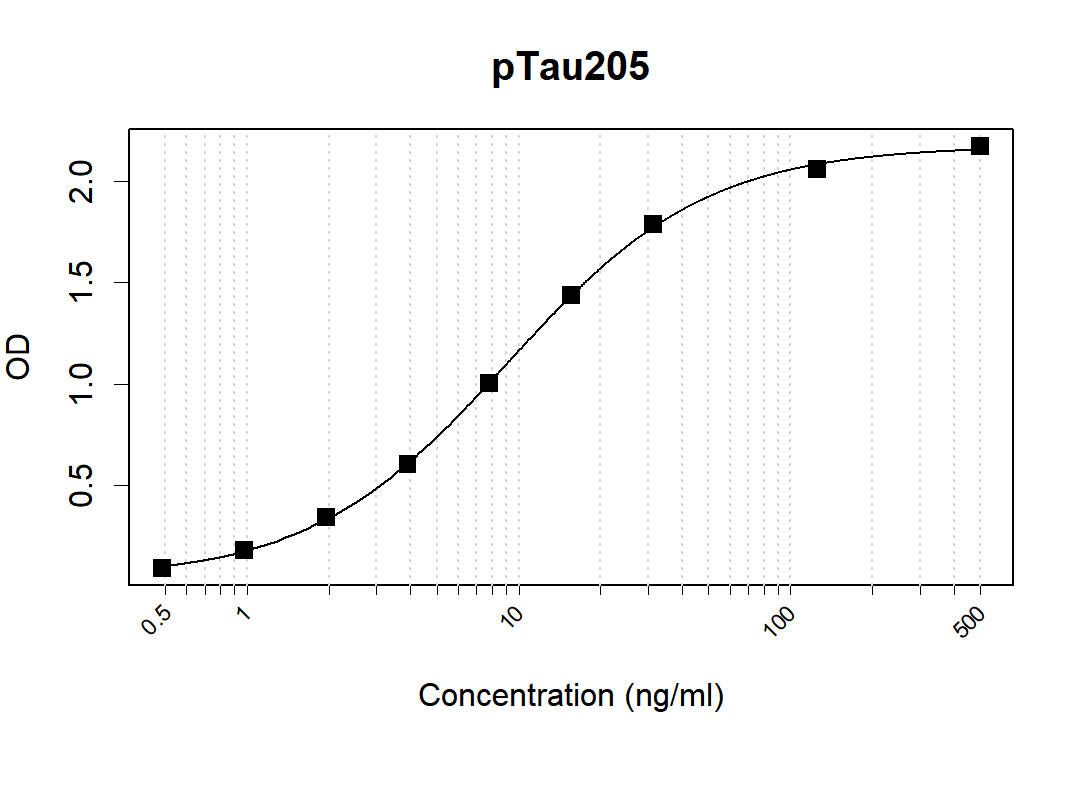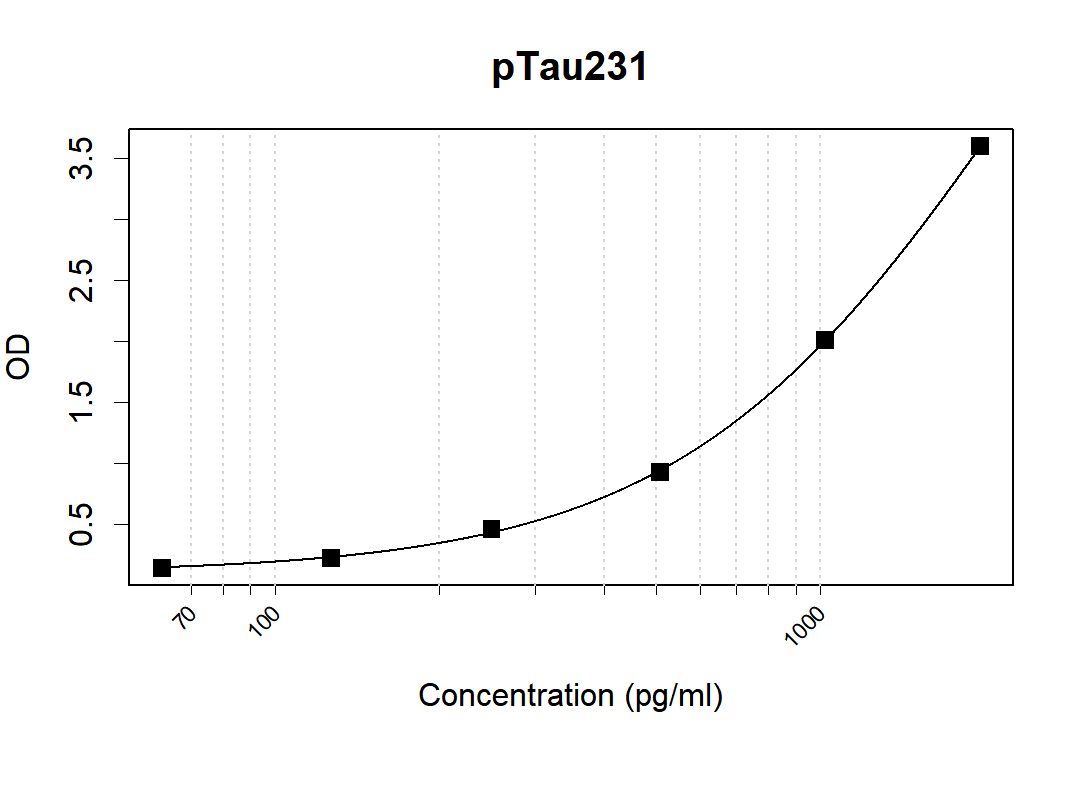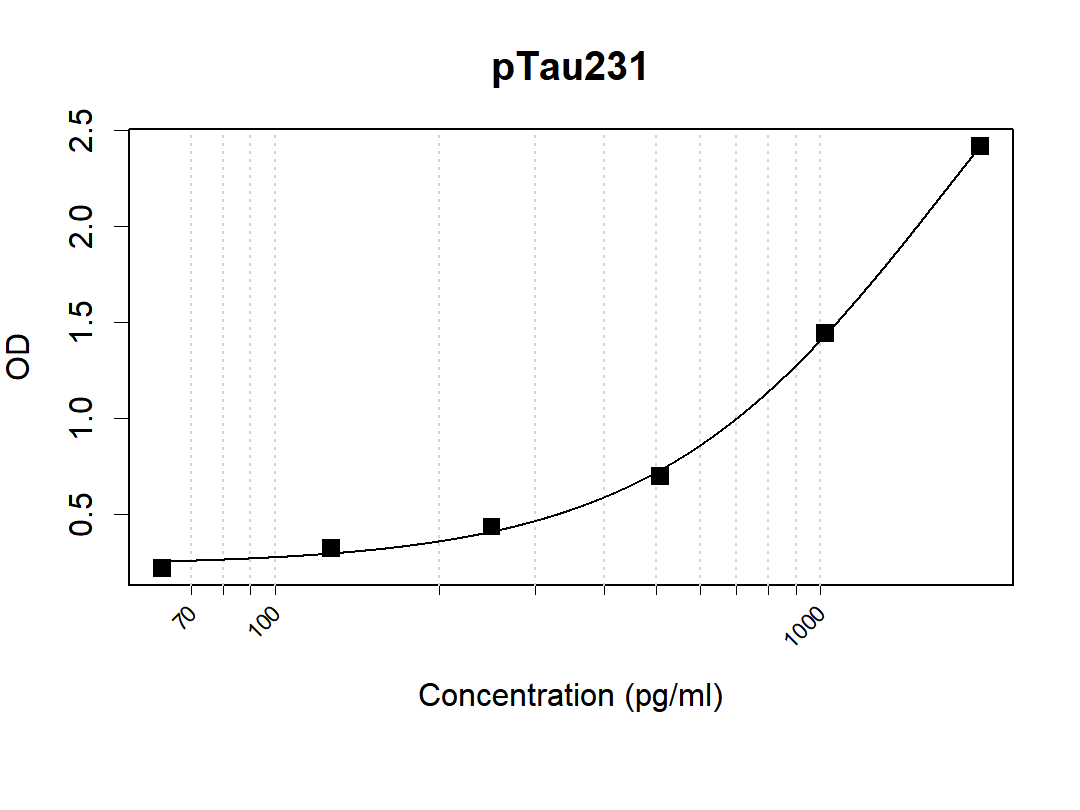ARExVisual® DAB Buffer
CAT.NO. : ARB0003
RMB Please choose
RMB Please choose
*产品价格可能会有所调整,请以品牌方官网实时更新的价格为准,以确保准确性。
Bacnground
3,3' Diaminobenzidine (DAB) is a widely used chromogen for immunohistochemical staining. When in the presence of peroxidase enzyme, DAB produces a brown precipitate that is insoluble in alcohol. This kit can produce more sensitive and darker DAB staining with superior contrast between the chromogen and hematoxylin counterstain. The standard working dilution is 50 μL of DAB Chromogen per 1 mL of DAB Buffer, although the ratio can be adjusted as desired. Higher sensitivity can be reached by using more DAB chromogen vs DAB buffer, the maximum DAB chromogen can be used as 70 μL in 1 mL DAB buffer.
Application
Immunohistochemistry for frozen and paraffinembedded tissues.
Intended Use
This DAB Buffer and DAB Chromogen will produce a brown colored deposit upon reaction with peroxidase at the site of the target antigen. It is suitable for use in peroxidase - based immunohistochemical staining methods.
Storage and Stability
Store at 2 - 8°C. Do not freeze. Return to 2 - 8°C immediately after use. Do not store or perform staining under strong light, such as direct sunlight. Check expiration date on bottle. Do not use the reagents if the expiration dates on the label have passed. Do not use if reagents become cloudy. Do not mix the reagents from different lot.
Prepare DAB working solution
Add one drop or 50 μL DAB chromogen (20x concentrated) into 1mL DAB buffer (1x). User may make any amount of DAB working solution using the same ratio (1:20). Use within 2 hours after preparation. Maximum sensitivity can be reached if using 80 μL DAB Chromogen with 1mL buffer.
Apply enough of DAB working solution to cover the specimen completely.
Incubate 5 - 10 minutes. Monitor the color development under light microscope. Rinse slides gently with distilled water.
Counterstain, clear, and mount in appropriate mounting medium.
Apply enough of DAB working solution to cover the specimen completely.
Incubate 5 - 10 minutes. Monitor the color development under light microscope. Rinse slides gently with distilled water.
Counterstain, clear, and mount in appropriate mounting medium.
Notes
1.DAB working solution is light - sensitive. Before applying DAB working solution on tissue please keep it in dark. For color development, incubate specimen away from strong light, preferably in the dark.
2.Hemoglobin, myoglobin, cytochrome, catalase, neutrophils, monocytes and eosinophils may contain endogenous peroxidase or pseudoperoxidase activity, which may bring false - positive results. Even treated with peroxidase blocking reagent, the reddish - brown pigment of bemoproteins may still exist. Control slides are needed for proper interpretation of each set of specimen staining results: positive tissue control, negative tissue control and negative reagent control (slide treated with isotype control in place of primary antibody).
2.Hemoglobin, myoglobin, cytochrome, catalase, neutrophils, monocytes and eosinophils may contain endogenous peroxidase or pseudoperoxidase activity, which may bring false - positive results. Even treated with peroxidase blocking reagent, the reddish - brown pigment of bemoproteins may still exist. Control slides are needed for proper interpretation of each set of specimen staining results: positive tissue control, negative tissue control and negative reagent control (slide treated with isotype control in place of primary antibody).
Warnings and Precautious
1. Wear appropriate Personal Protective Equipment to avoid contact with eyes and skin.
2. Specimens, before or after fixation and all materials exposed to them, should be handled as if infectious and disposed of with proper precautions.
3. Do not substitute reagents from other lot numbers or from kits of other manufacturers.
4. Incubation times or temperatures other than recommendation must be validated by the user.
5. Unused solution should be disposed of according to local regulations.
2. Specimens, before or after fixation and all materials exposed to them, should be handled as if infectious and disposed of with proper precautions.
3. Do not substitute reagents from other lot numbers or from kits of other manufacturers.
4. Incubation times or temperatures other than recommendation must be validated by the user.
5. Unused solution should be disposed of according to local regulations.
 New Products
New Products






